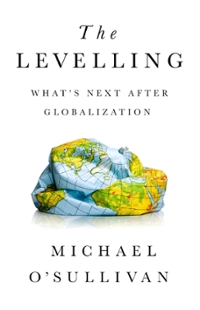Question
Suppose that a market for toothpaste has two sellers, each of which says its product has the best combination of ingredients to protect against tooth
Suppose that a market for toothpaste has two sellers, each of which says its product has the best combination of ingredients to protect against tooth decay and to control plaque, tartar, and gum disease. Each of the profit-maximizing oligopolists faces the same constant marginal cost, MC = 1. The demand function for Firm 1 is q1 = 10 - 2p1 + p2 and for Firm 2 is q2 = 21 - 3p2 + 2p1' where p1 is Firm l's price and p2 is Firm 2's price. What are the Nash-Bertrand equilibrium prices and quantities? If an advertising campaign featuring product endorsements by the dental association increases the demand for the first firm's product to q1 = 14 - 2p1 + p2 but does not affect the second firm's demand function, what are the new equilibrium prices and quantities, and how do they compare to the pre-merger prices?
Step by Step Solution
There are 3 Steps involved in it
Step: 1

Get Instant Access to Expert-Tailored Solutions
See step-by-step solutions with expert insights and AI powered tools for academic success
Step: 2

Step: 3

Ace Your Homework with AI
Get the answers you need in no time with our AI-driven, step-by-step assistance
Get Started


